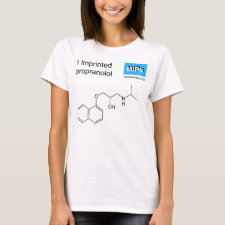
Authors: Philip JYN, Buchweishaija J, Mkayula LL, Ye L
Article Title: Preparation of Molecularly Imprinted Polymers Using Anacardic Acid Monomers Derived from Cashew Nut Shell Liquid.
Publication date: 2007
Journal: Journal of Agricultural and Food Chemistry
Volume: 55
Issue: (22)
Page numbers: 8870-8876.
Abstract: Abstract: The objective of this work was to use monomers from cashew (Anacardium occidentale L.) nut shells to develop molecularly imprinted polymers. Cashew nut shell liquid (CNSL) is a cheap and renewable agro byproduct consisting of versatile monomers. Solvent-extracted CNSL contains over 80% anacardic acid (AnAc) with more than 90% degree of unsaturation in its C15 side chain. From AnAc monomer, anacardanyl acrylate (AnAcr) and anacardanyl methacrylate (AnMcr) monomers were synthesized and their chemical structures were characterized by Fourier transform IR and NMR. Different imprinted bulk polymers based on AnAc, AnAcr, and AnMcr functional monomers have been prepared. In the present study, each functional monomer was separately copolymerized in toluene with ethylene glycol dimethacrylate and divinylbenzene as cross-linkers, using racemic propranolol as a model template. While the AnAc based polymer revealed a meager rebinding ability, the imprinted polymers made from AnAcr and AnMcr displayed highly specific propranolol binding. At a polymer concentration of 2 mg/mL, AnAcr and AnMcr based imprinted polymers were able to bind over 50% of trace propranolol (initial concentration 1.2 nM). Under the same condition propranolol uptake by the two nonimprinted control polymers was less than 20%. Chiral recognition properties of these polymers were further confirmed using tritium-labeled (S)-propranolol as a tracer in displacement experiments, suggesting that the apparent affinity of the imprinted chiral sites for the correct enantiomer is at least 10 times that of the mismatched (R)-propranolol. Moreover, cross reactivity studies of these polymers showed that the (S)-imprinted sites have higher cross-reactivity toward (R,S)-metoprolol than (R)-propranolol and (R)-timolol.
Template and target information: S-propranolol
Author keywords: molecular imprinting, anacardic acid, anacardanyl acrylate, anacardanyl methacrylate, propranolol, Metoprolol, timolol



Join the Society for Molecular Imprinting

New items RSS feed
Sign-up for e-mail updates:
Choose between receiving an occasional newsletter or more frequent e-mail alerts.
Click here to go to the sign-up page.
Is your name elemental or peptidic? Enter your name and find out by clicking either of the buttons below!
Other products you may like:
 MIPdatabase
MIPdatabase









